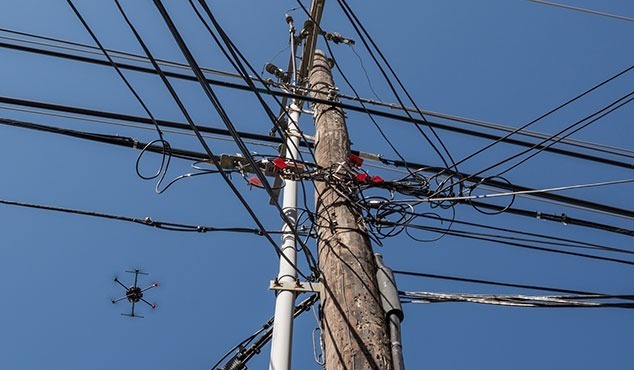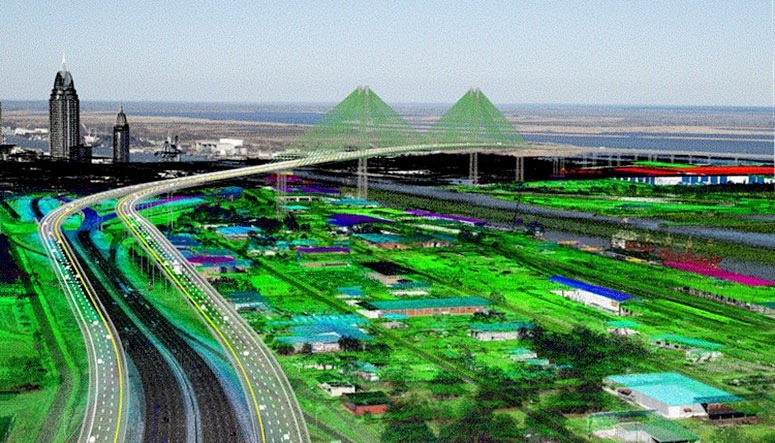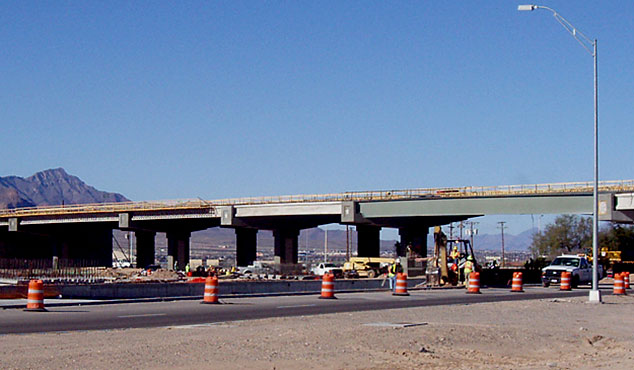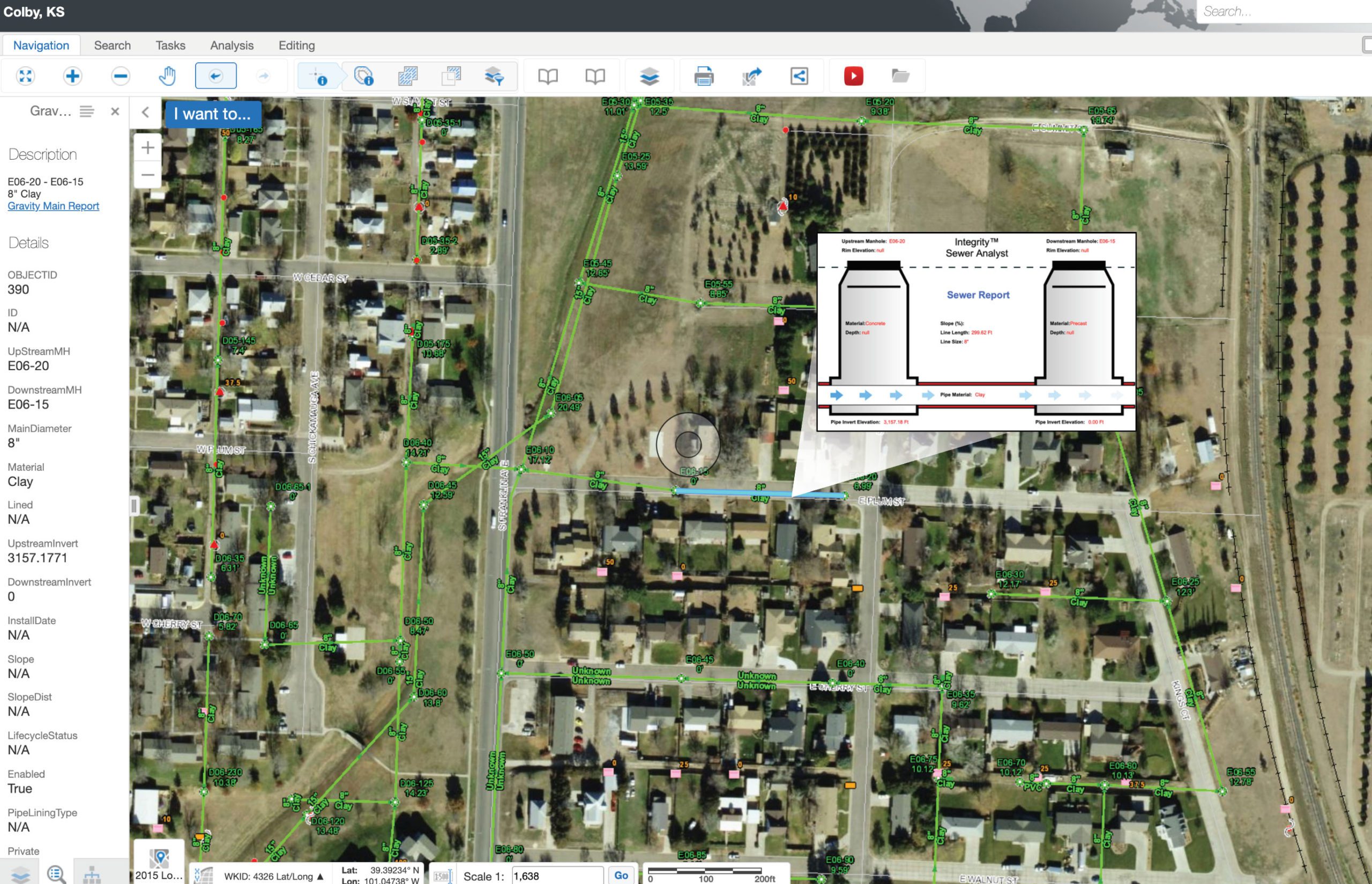New Braunfels Utilities (NBU) provides electric service within Comal County and the city of New Braunfels. The company has 770 miles of electric lines and serves roughly 28,000 customers. To meet the growth and maintenance needs of the area, NBU tasked SAM with performing an aerial inspection of approximately five (5) miles of three-phase electric distribution lines in downtown New Braunfels utilizing an Unmanned Aerial System (UAS). The goal of the project was to identify and report thermal anomalies on the electric equipment, conductors, and poles, as well as to visually locate assets in need of repair.
Due to stringent FAA guidelines regarding commercial UAS usage, a three-person crew consisting of a UAS pilot, sensor operator, and spotter along with a supervising thermographer started the project at first light to reduce down time associated with vehicle or pedestrian traffic that could hinder the aerial inspection.
A Level II thermographer was onsite to identify anomalies of critical nature and provide guidance to the sensor operator. All FAA guidelines were adhered to under part 107, which does not allow for flying over people or vehicles at any time. With this project taking place in the middle of an activite community this posed several unique challenges. First, the problem of needing low-altitude thermal and visual photography along with the goal of not interrupting the daily traffic of the community was addressed by this means of inspection.
Next was that this method allowed the inspection project to be performed within feet of one of the nation’s largest waterparks during the peak of summer operations. Tourism was at a high during the project and public safety was paramount to meeting the client and the public’s needs. Eliminating any interruptions to the flow of traffic was of utmost importance due to the summer increase in population of tourists. Another, extraordinary problem was the summer heat. Temperatures climbed as high 100 degrees during the week of the inspection. Care was taken to reduce the exposure of the crew to this heat by beginning the inspections at sunrise and ending the inspections early in the afternoon. However, special care also had to be taken to reduce the exposure of the aircraft, sensors, and flight tablets to the withering heat. Equipment was shaded at all available opportunities, such as during aircraft battery swaps, to reduce their operating temperatures before being exposed to the elements again. It was noted the equipment became less stable as the day went on.
This project used new technology to increase the efficiency and safety of traditional inspection methods. An appropriate UAS was selected that would be able to hold the payload with an increased flight duration. SAM installed and equipped the UAS with a coupled thermal and visible camera payload. The integration of these cameras was developed so that each photo was synchronized so the client could compare the thermal anomalies with a visible photo providing a clear picture of the equipment in need of repair. The addition of the synchronized 30x optical zoom camera proved to be an absolute necessity due to the detail that was visible when reviewing thermal anomalies, as well as non-thermal equipment issues.
The inspection was performed in the heart of downtown New Braunfels, a busy town during tourist season without hindering traffic in any way. Traditional inspections could be performed by helicopter, bucket truck, or from the ground using a handheld thermal camera, however each of these methods would either not meet the overall quality the client was looking for, and that was achieved by UAS, or would impede the local traffic. In comparison to traditional bucket truck inspections, the inspection time with the UAS was reduced by almost 10 times and was able to be performed without lane closures or traffic control. Ground based thermal inspections would be able to be performed at a similar speed, but physical access would be needed for each pole and would not allow for an unimpeded aerial perspective.
By using UAS Aerial Inspection NBU reduced the amount of time needed by a substantial amount. Typically, this inspection could have taken two to three weeks with a bucket truck, whereas the inspection was performed with less expensive equipment in about two and a half days, creating a tremendous cost savings to the client and the community.
SAM’s demonstrated ability to pilot a project to add future value to electric improvements and maintenance through collaboration with NBU adds significant value to the electric industry. The methodology allows NBU to continue to improve operations within the communities it serves while saving valuable resources. SAM continues to pioneer advancing technology and offers unconventional solutions to our clients to elevate industry standards.
SAM, LLC was a Silver Medal Winner in the 2018 American Council of Engineering Companies (ACEC) Texas Engineering Excellence Awards for this project completed in partnership with New Braunfels Utilities.




